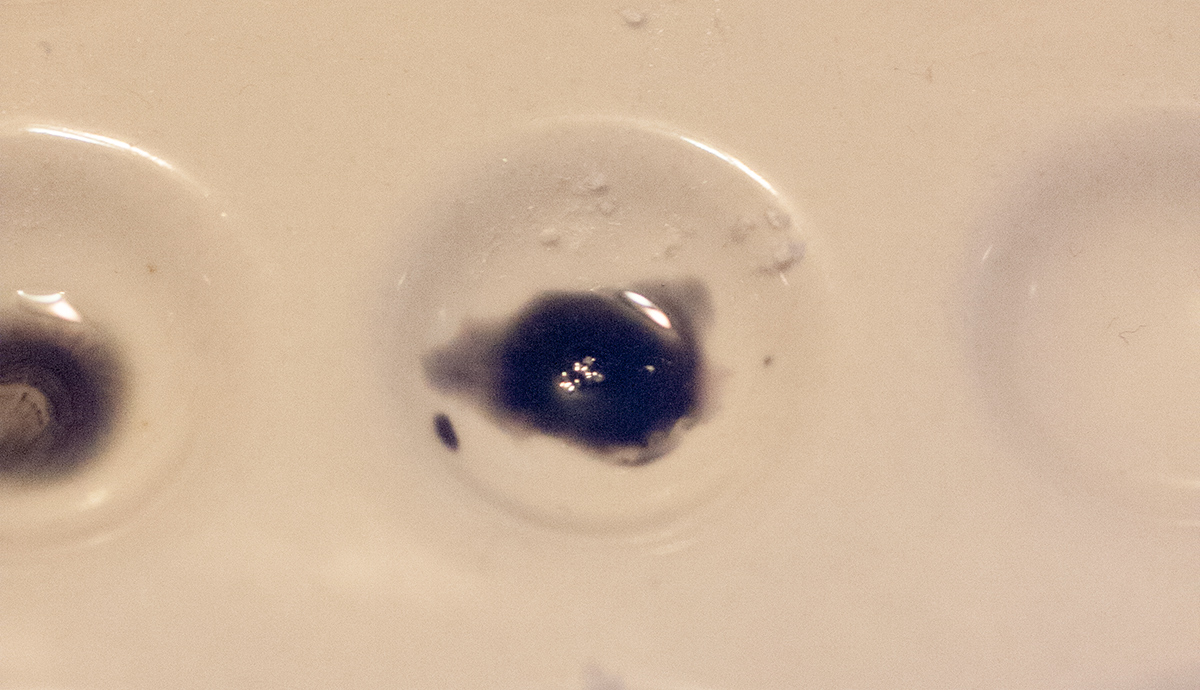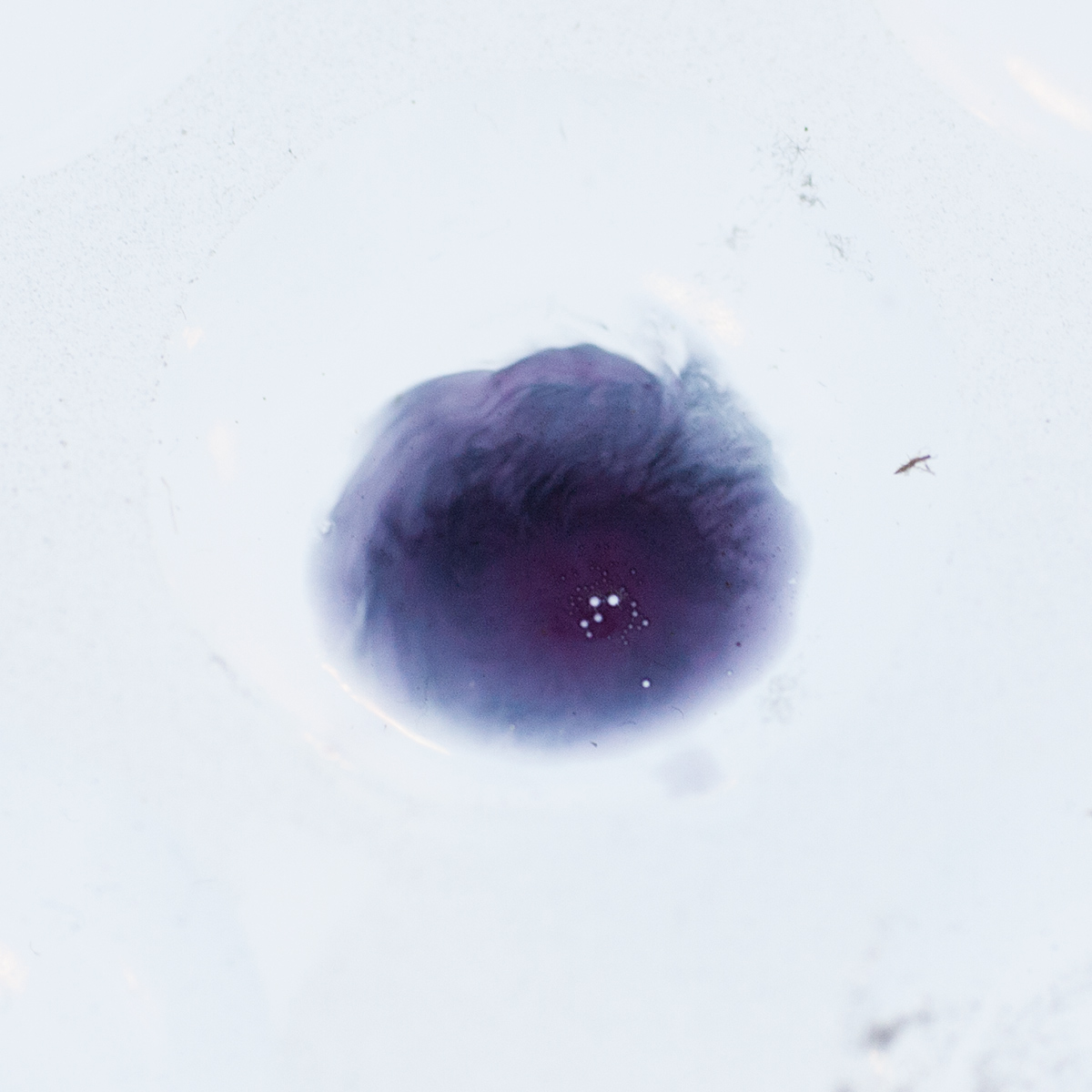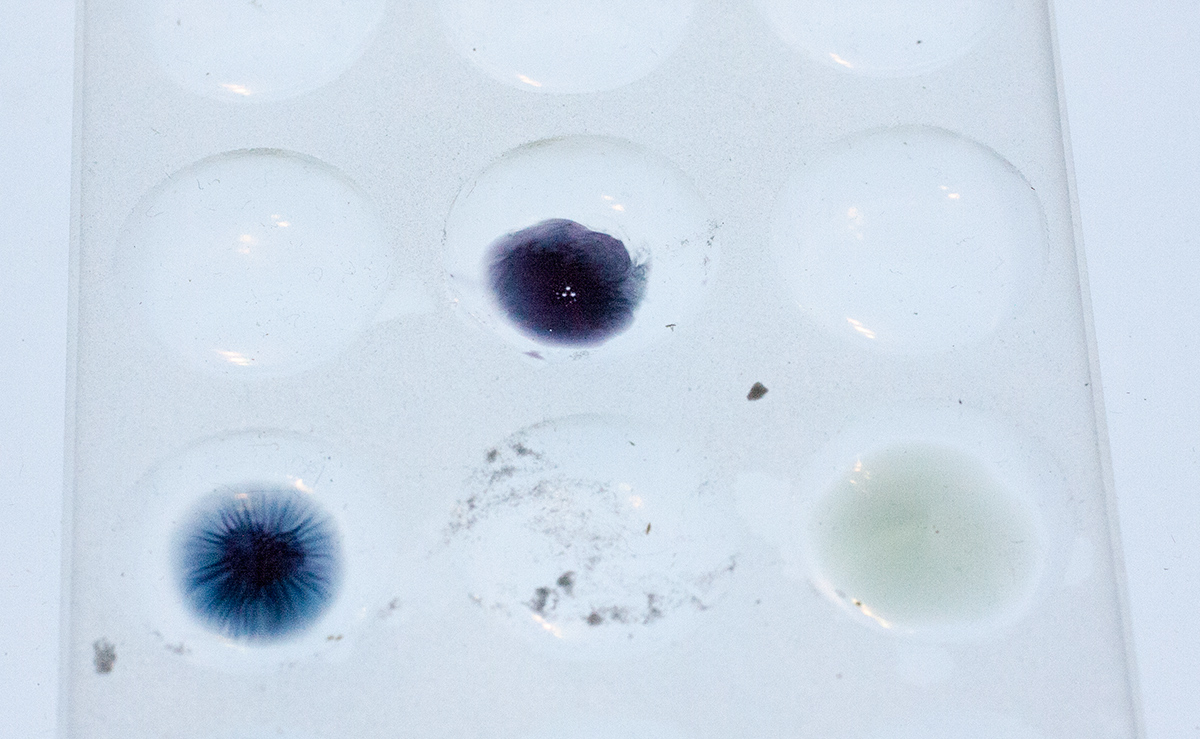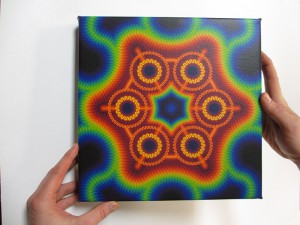As drug geeks have already seen, in May and June 2015, a bunch of news came out of a publication of, perhaps, the final genetic puzzle piece to be able to engineer custom organisms (such as yeasts, slimes, goops, and other things that grow well in petri dishes and buckets) that could produce morphine.
The puzzle pieces have not all been assembled yet to prove that the puzzle has been solved, but it appears close enough that we added a Bioengineering section to our Poppy Vault as a place to keep track of the progress.
The global pharmaceutical industry has been designing organisms, altering DNA and RNA, to act as microbial factories to perform steps of synthetic chemistry since around 1980 (see Goeddel D, et al. 1978). So the technologies necessary to insert genes into microbes and use them to generate, synthesize, or convert one chemical to another are becoming fairly mature.
As Robert Service, an author at ScienceMag writes:
With the last piece of the puzzle now in hand, Dueber says the challenge will be to express the genes for the full synthetic pathway into yeast. That’s a “considerable” hurdle, Dueber says, but likely doable within a few years. Even when that’s done, the microbes will still likely only make vanishingly small quantities of the final medicines. So then the task will be to increase the efficiency of each of the steps. That, too, is likely not an insurmountable challenge. (http://news.sciencemag.org/biology/2015/06/final-step-sugar-morphine-conversion-deciphered)
The two primary law enforcement implications of this technology are the future simplification of disallowing natural poppy growing and the problem of having morphine as a possible home brew drug. If in vitro morphine production is successful, the giant, legal poppy fields used to generate the source material for some of the most popular pharmaceuticals in the world could be eliminated. That would allow global drug enforcement agencies to outlaw all poppy fields, making them easier to police and destroy.
But the other edge of that technology is that it makes it possible and even likely that there will be dark and gray market availability of engineered organisms that generate morphine or related compounds. Currently, the global heroin and oxycodone markets depend on massive grow operations in remote locations. 20-40 years from now, it could nearly all be switched over to vat and bucket sourced molecules.





